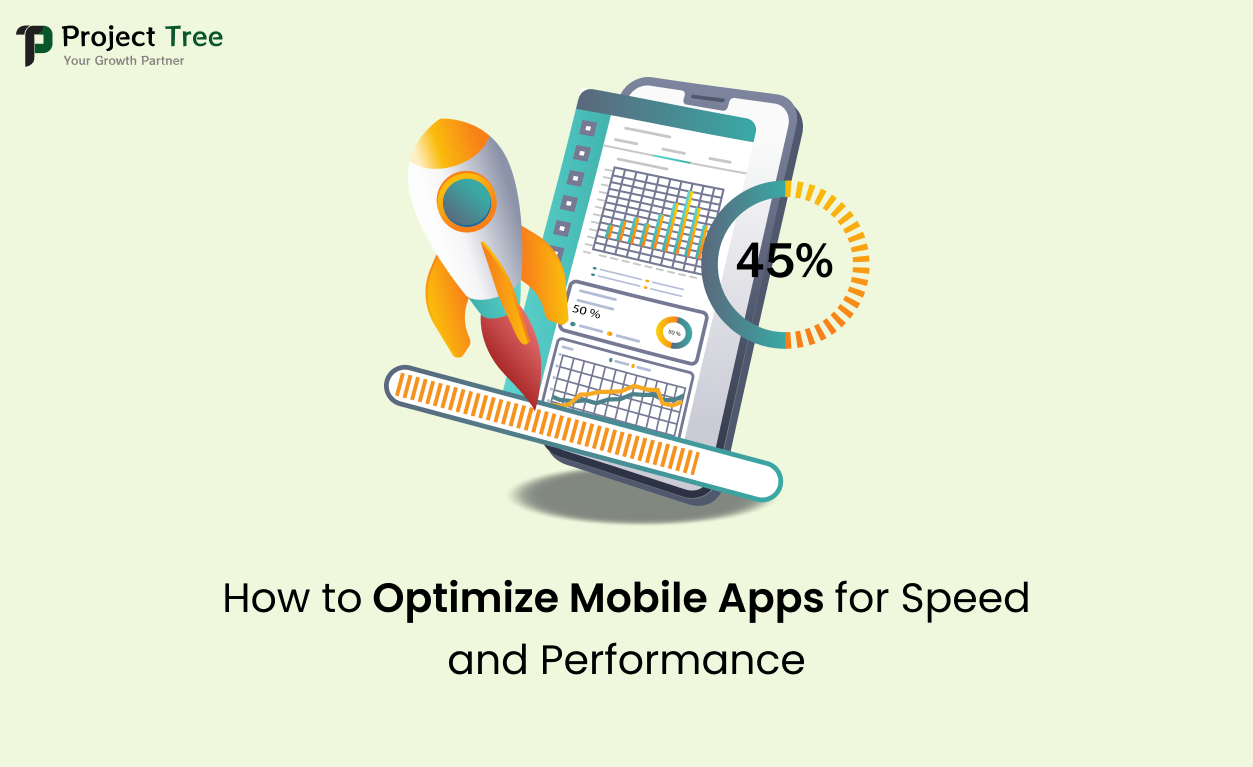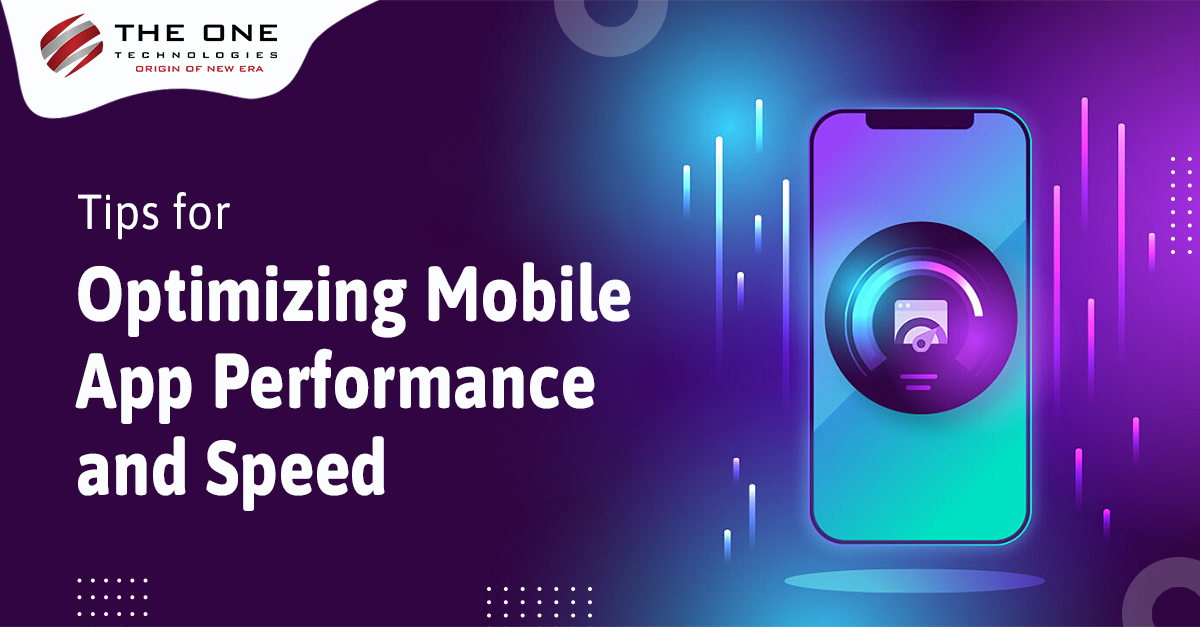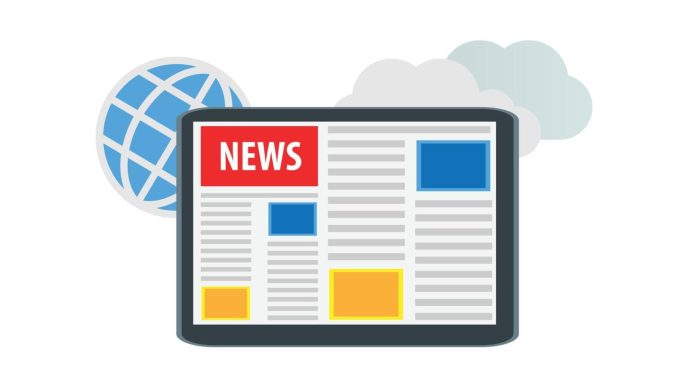Maximizing App Speed Performance: A Key to User Satisfaction
In today’s fast-paced digital world, users expect apps to be fast, responsive, and smooth. The performance of a mobile or web app directly impacts user experience, engagement, and retention. If your app is slow, chances are your users won’t stick around for long. Optimizing app speed performance should be a priority for developers aiming for success in a competitive market.
Why App Speed Matters
App speed is more than just a technical feature; it’s a crucial element of user experience. Slow apps frustrate users and can lead to uninstallations, negative reviews, and decreased engagement. On the other hand, fast apps provide users with smooth interactions, keeping them engaged and satisfied.
Impact on User Retention
Research shows that users are likely to abandon an app if it takes more than a few seconds to load. Speed influences how long users stay in your app and whether they’ll return in the future. Apps that load quickly foster a positive user experience, improving retention rates.
Performance and Conversion Rates
App performance also has a direct effect on conversion rates. If users experience lag while making a purchase or completing a task, they may abandon the process. Optimizing your app’s speed can boost conversion rates, helping your business grow.
Key Factors Affecting App Speed Performance
Several factors can impact the performance of your app. Understanding these factors can help you pinpoint areas for improvement.
1. Network Latency
One of the biggest challenges for mobile apps is network latency. If your app relies on external data sources, the time it takes to send and receive data can significantly impact speed. Slow connections can result in delays, which are frustrating for users.
2. Heavy Resource Consumption
Apps that consume a lot of device resources, such as memory, CPU, or battery, tend to slow down. When an app uses too much processing power, it can cause the device to overheat, leading to a sluggish experience.
3. Large App Size
An app’s size can also affect its speed. Larger apps may take longer to load, install, and update. Reducing the app’s size and optimizing code can help improve performance, making it more responsive.
4. Inefficient Code
Poorly optimized code is a common culprit behind slow app performance. Inefficient code can cause delays in processing, leading to lag and crashes. Clean, optimized code helps apps run smoothly and efficiently, improving both speed and stability.
Strategies to Improve App Speed Performance
Now that we’ve discussed the factors affecting speed, let’s explore some strategies you can implement to enhance your app’s performance.
1. Optimize Images and Assets
Large images and assets can slow down an app significantly. By compressing images and optimizing other assets like videos or icons, you can reduce the load time. This is particularly important for apps that rely heavily on visual content.

2. Implement Lazy Loading
Lazy loading allows your app to load content on-demand, meaning it only loads content when the user needs it. Instead of loading everything at once, lazy loading improves initial load time and reduces resource consumption.
3. Use Local Storage
Storing data locally on the device, rather than fetching it from a server each time, can improve speed. Local storage helps minimize the need for constant network calls, speeding up the user experience.
4. Optimize Backend Services
The backend infrastructure of your app plays a critical role in performance. Reducing server response times and using content delivery networks (CDNs) can help improve app speed, especially for apps that rely heavily on real-time data.
5. Minimize API Calls
Every API call made by the app requires network communication, which can slow down performance. By minimizing unnecessary API calls, you can reduce latency and improve the app’s responsiveness.
6. Improve Code Efficiency
As mentioned earlier, inefficient code can drag down your app’s speed. By refactoring your code and removing unnecessary functions, you can improve app performance significantly. Code profiling tools can help identify areas of inefficiency.
7. Test Performance Regularly
Constant testing is essential for maintaining good app performance. Regular performance testing can help you identify issues and optimize the app in real-time. This includes testing how the app performs under heavy loads or network fluctuations.
The Role of Mobile App Performance Metrics
Tracking performance metrics is essential for identifying areas of improvement. These metrics provide insights into how well your app is functioning and help you make informed decisions about optimization.
Key Mobile App Performance KPIs:
-
App Load Time: The time it takes for the app to open.
-
Response Time: How quickly the app responds to user interactions.
-
Crash Rate: The frequency of app crashes.
-
Battery Usage: How much battery the app consumes during use.
-
Memory Usage: The amount of memory the app uses.
By monitoring these KPIs, you can address specific performance issues and continue to improve the user experience.
1. App Load Time
The load time is the first thing users experience when opening an app. A slow load time can be a dealbreaker. Aim for a load time of under 2 seconds to keep users engaged and satisfied.
2. Response Time
Response time refers to how quickly the app reacts to user input. A delay in response can lead to frustration, especially during tasks like online shopping or messaging.
3. Crash Rate
Apps that frequently crash or freeze leave a negative impression on users. Reducing the crash rate by optimizing the app’s performance is key to retaining users and maintaining a good reputation.
4. Battery and Memory Usage
Apps that drain battery life or consume excessive memory are not ideal. Optimizing memory and battery consumption ensures users can enjoy your app for longer periods without it slowing down or depleting their device’s resources.
FAQs About App Speed Performance
1. What is the ideal load time for an app?
The ideal load time is under 2 seconds. Anything longer can lead to user frustration and higher bounce rates.
2. How can I test my app’s performance?
You can use various performance testing tools like Xcode Instruments, Android Profiler, or third-party services like New Relic or Firebase Performance Monitoring to track and test your app’s performance.
3. What are some common mistakes that affect app speed?
Common mistakes include using large, unoptimized images, having inefficient code, and not caching data properly. Additionally, excessive network calls and poor backend infrastructure can also slow down your app.
4. How do I reduce network latency?
To reduce network latency, ensure that your app uses efficient data compression techniques and optimizes API calls. You can also consider implementing edge caching or using content delivery networks (CDNs) to reduce latency.
Conclusion
App speed performance plays a vital role in determining the overall user experience. Users today have little patience for slow or laggy apps, and as a result, app developers need to prioritize speed and optimization to remain competitive.
By focusing on strategies like image optimization, lazy loading, backend optimization, and regular performance testing, you can drastically improve your app’s speed. Remember, every second counts when it comes to user experience, and a fast app is more likely to convert users into loyal customers.

By optimizing your app’s performance, you not only improve user satisfaction but also enhance retention and conversion rates. Stay ahead of the competition by ensuring that your app delivers a fast, smooth, and enjoyable experience every time.




